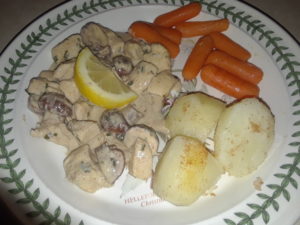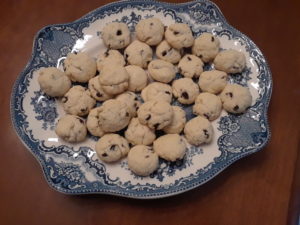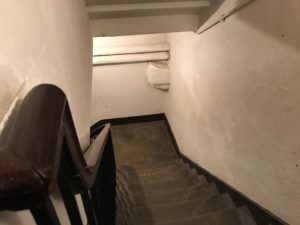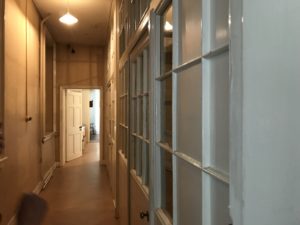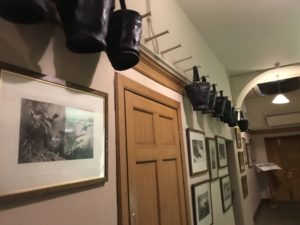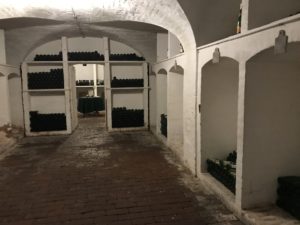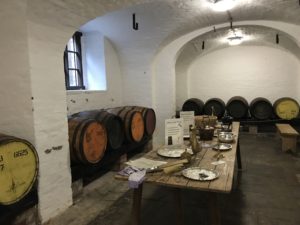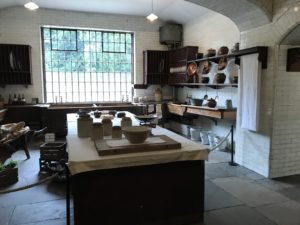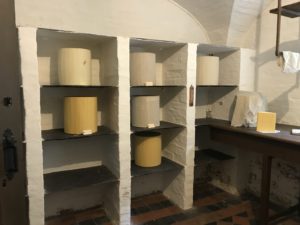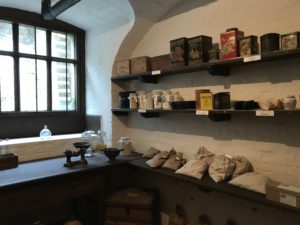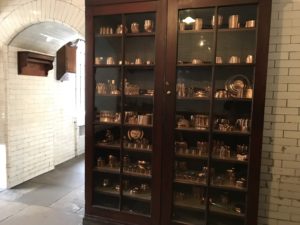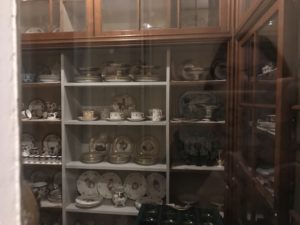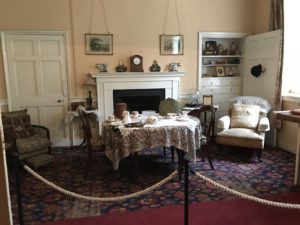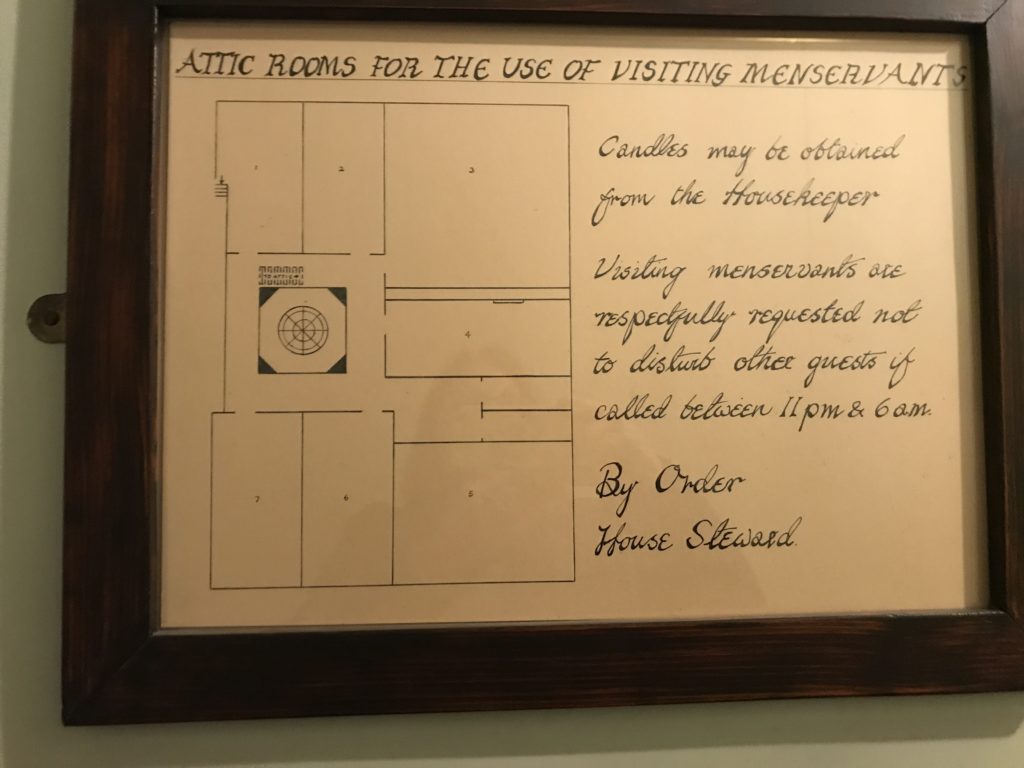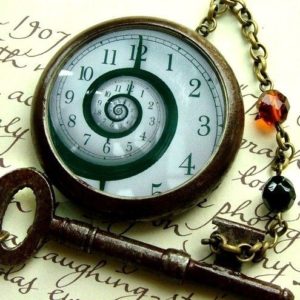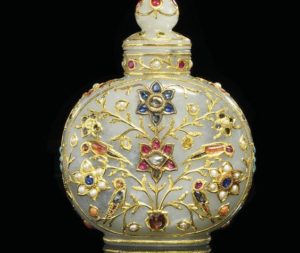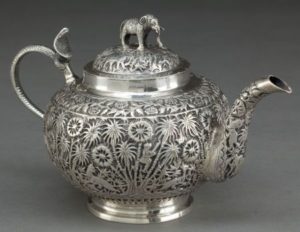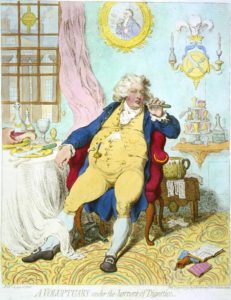
“A Voluptuary Under The Horrors of Digestion”: 1792 caricature by James Gillray
Today I’m going to defend a fellow author’s honor. I don’t actually know who the author is, but she could be any one of us because we’ve all been on the receiving end of an incorrect historical “fact check”. A couple days ago there was a tweet going around ripping a historical author a new one for daring to have a heroine who was concerned about being overweight. This character dared to diet. Dieting (and concerns about being fat), per the tweeter, were anachronistic and she simply had to toss the book aside.
*clears throat* HELLO, LET ME INTRODUCE YOU TO MY FRIEND LORD BYRON
Byron, he of the long poems and wild affairs, had a well-documented fear of growing fat. It was so severe that I’ve seen modern biographers refer to it as a neurosis. As far back as his days at Cambridge he was notorious for subsisting on “soda water and biscuits” (sometimes “vinegar and potatoes”). He was known as an adult to live off a slice of toast and tea for breakfast, and nothing but vegetables and seltzer mixed with wine for dinner. He also smoked cigars to stave off hunger pangs. He complained about how much food his wife ate, famously saying that women should never be seen eating anything but lobster salad and champagne.
And Byron wasn’t alone. As far back as 1724 English doctors were recommending meatless diets, exercise, and avoiding luxury foods in order to lose weight and improve health (George Cheyne, An Essay of Health and Long Life). You can find powders recommended to reduce too corpulent bodies (Medicina Britannica, 1747), and frank statements that “Nay sir whatever may be the quantities that a man eats, it is plain that if he is too fat, he has eaten more than he should have done.” (The Life of Samuel Johnson, 1791).
There is even a long and very modern sounding treatise of advice in Sure Methods of Improving Health, and Prolonging Life (1827) which recommends moderation in habits and diet and exercise to lose weight.
Advice and opinions about weight and diet also appeared in Ladies’ Magazines such as Manuel des dames, which has VERY strong condemnations of women who have “excess embonpoint” (see quote below, which is vicious) and says they should “Take long walks, stay up late, eat little, talk, move about, and study a great deal…Abstain from meat, bread, starchy vegetables, broth, and milk.” It also says the most common causes of corpulence are “indolence and luxurious living”, and that “activity of body and mind” are necessary to counter it (as well as the omission of one meal a day).
“It an excessively meager figure is hideous, an enormously fat one is disgusting. It is nothing more than a heavy, shapeless mass, whose every movement is awkward, ludicrous, and often painful. Something of the coarse and crude is written all over these massive forms. The soul seems crushed, the eyes are dwarfed, the features are enveloped, and the foetid odour of profuse sweat ends by arousing disgust.”
Not to mention the plethora of period caricatures we have making fun of the Prince Regent’s weight and his penchant for older, fat women. So there you have it: The Georigans stigmatized fat people just like we do today, and no, dieting wasn’t invented in the 1860s. So Regency Author, whoever you are, you have every bit as much right to write about these issues as any contemp author and there’s nothing anachronistic about it.

